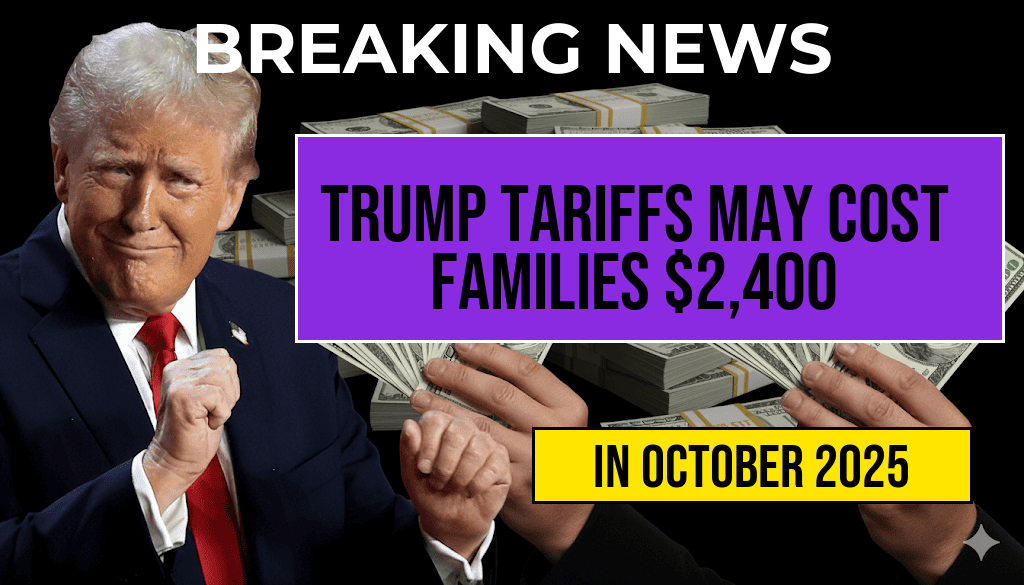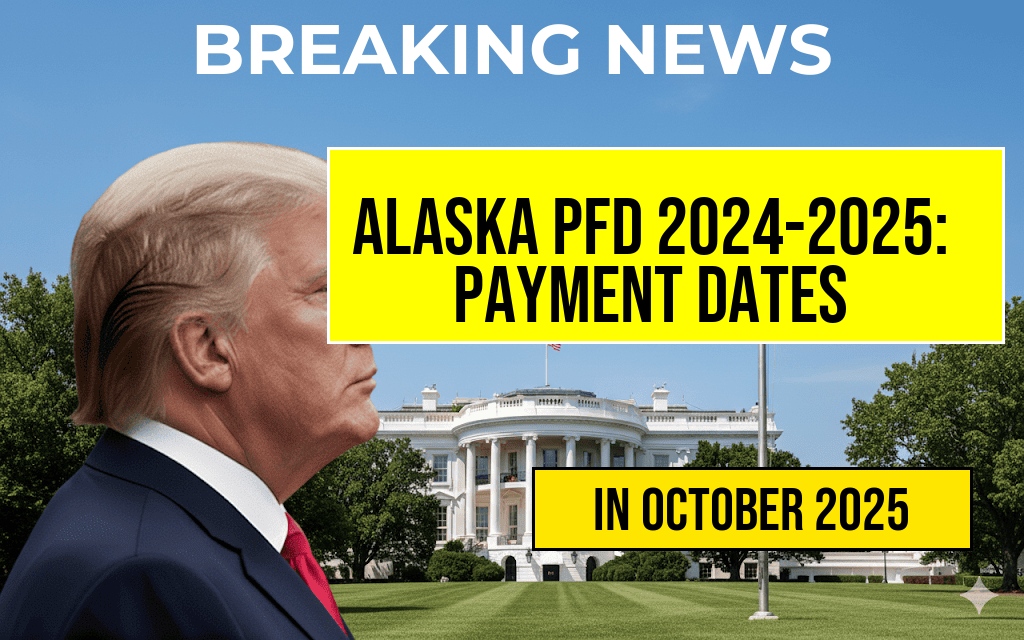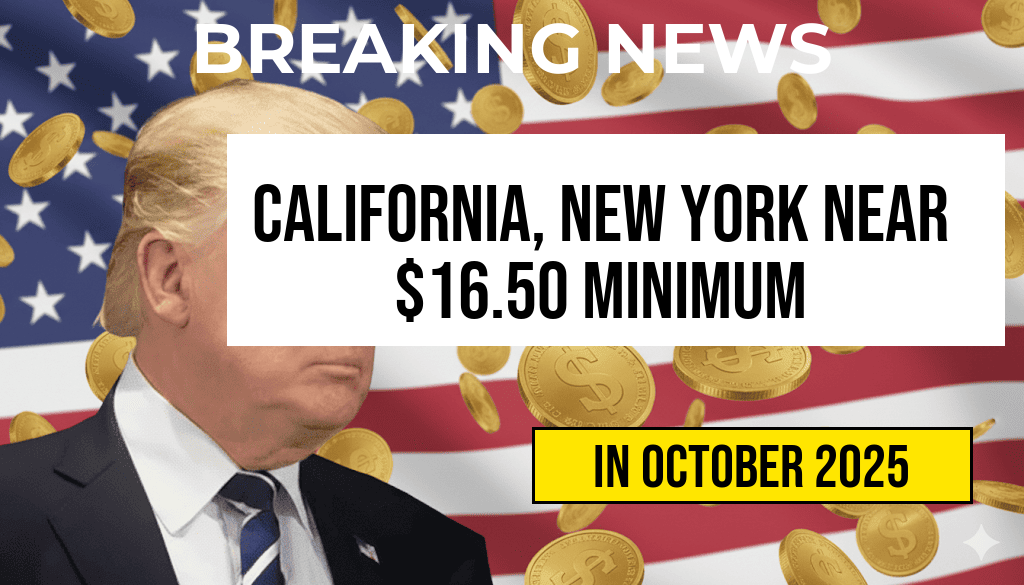Recent discussions surrounding Trump tariffs have reignited concerns about their broader economic impact, especially on American families. While tariffs are often framed as tools to protect domestic industries, their ripple effects can translate into tangible costs for consumers. Analysts now estimate that the so-called “turbulence tax”—the cumulative financial burden resulting from recent tariff policies—could amount to approximately $2,400 annually per family. This figure encompasses increased prices on everyday goods, higher costs for imported products, and broader inflationary pressures that influence household budgets. Understanding how these tariffs translate into real-world expenses requires examining their mechanics and the sectors most affected, offering families a clearer picture of how policy decisions shape their financial well-being.
Understanding the Mechanics of Tariffs and Their Economic Ripple Effects
Tariffs are taxes imposed by a government on imported goods, aiming to make foreign products more expensive and thus encourage consumers to buy domestically produced items. While this strategy can bolster certain industries, it often results in higher costs across the supply chain, impacting manufacturers, retailers, and consumers alike. When tariffs target key imports—such as electronics, machinery, or consumer goods—the increased costs tend to pass through to the end consumer, leading to higher retail prices.
Recent tariff implementations under the Trump administration focused on China and other trading partners, affecting hundreds of billions of dollars worth of goods. Although some industries benefited from reduced foreign competition, the broader economy faced increased inflationary pressure—a phenomenon economists refer to as the “turbulence tax.”
Quantifying the Cost: How Families Are Affected
Economic studies suggest that the cumulative effect of tariffs can lead to an average increase of approximately $200 annually per person in household expenses. When scaled across an average American family of four, this results in roughly $800 in additional costs per year. However, the broader inflationary impact influences more than just direct import prices, with experts estimating that total household expenditures could rise by about $2,400 annually.
| Cost Factor | Estimated Increase |
|---|---|
| Direct import price pass-through | $800 |
| Broader inflation effects (e.g., food, energy, retail) | $1,600 |
| Subtotal | $2,400 |
This “turbulence tax” acts as a hidden levy on household budgets, subtly eroding purchasing power and increasing financial strain, especially for lower- and middle-income families. The impact varies based on geographic location, consumption patterns, and the specific sectors most affected by tariffs.
Which Goods Are Most Affected?
Tariffs tend to significantly influence certain categories of goods, including:
- Electronics: Smartphones, laptops, and other gadgets often rely on imported components, leading to higher retail prices.
- Automotive parts: Increased tariffs on auto imports raise both vehicle prices and repair costs.
- Household items: Furniture, appliances, and decor may see price hikes due to tariffs on raw materials and finished goods.
- Food products: Certain agricultural imports face tariffs, which can inflate prices on specific food items at grocery stores.
While some of these costs are absorbed by companies temporarily, prolonged tariff policies tend to shift the burden onto consumers, gradually increasing household expenses.
Policy Implications and Consumer Considerations
Policy analysts warn that ongoing tariffs could hinder economic growth and dampen consumer confidence. The “turbulence tax” underscores the importance of considering the full spectrum of trade policies’ effects, beyond their immediate political or industrial goals. For families, the key takeaway is that tariffs are not just abstract trade figures—they translate directly into higher prices on everyday essentials.
To mitigate some of this impact, experts recommend consumers explore options such as shopping for domestic alternatives, purchasing in bulk, or timing big purchases around anticipated price fluctuations. Additionally, staying informed about trade policy shifts can help families better anticipate and adapt to changing costs.
Sources and Further Reading
- Wikipedia: Tariffs
- Forbes: The Hidden Costs of Trade Wars and Tariffs
- U.S. Census Bureau: Impact of Trade Tariffs on Consumer Prices
Frequently Asked Questions
What are the Trump tariffs and how do they affect families?
The Trump tariffs are import taxes implemented during Donald Trump’s presidency, aimed at protecting domestic industries. However, these tariffs can lead to higher prices on imported goods, which may increase costs for families.
What is the ‘Turbulence Tax’ mentioned in the article?
The ‘Turbulence Tax’ refers to the additional costs that families might incur due to the economic instability caused by tariffs, estimated to be around $2,400 annually.
How do tariffs impact the prices of everyday products?
Tariffs often lead to increased costs for imported goods such as electronics, clothing, and household items, which can result in higher prices for consumers and families.
Why is the estimated $2,400 annual cost significant for families?
This amount represents the potential extra expenses families could face each year due to tariffs, impacting household budgets and overall financial well-being.
What can families do to mitigate the impact of tariffs and the Turbulence Tax?
Families can consider alternative shopping strategies, prioritize domestic products, and stay informed about trade policies to better manage potential cost increases caused by tariffs.






